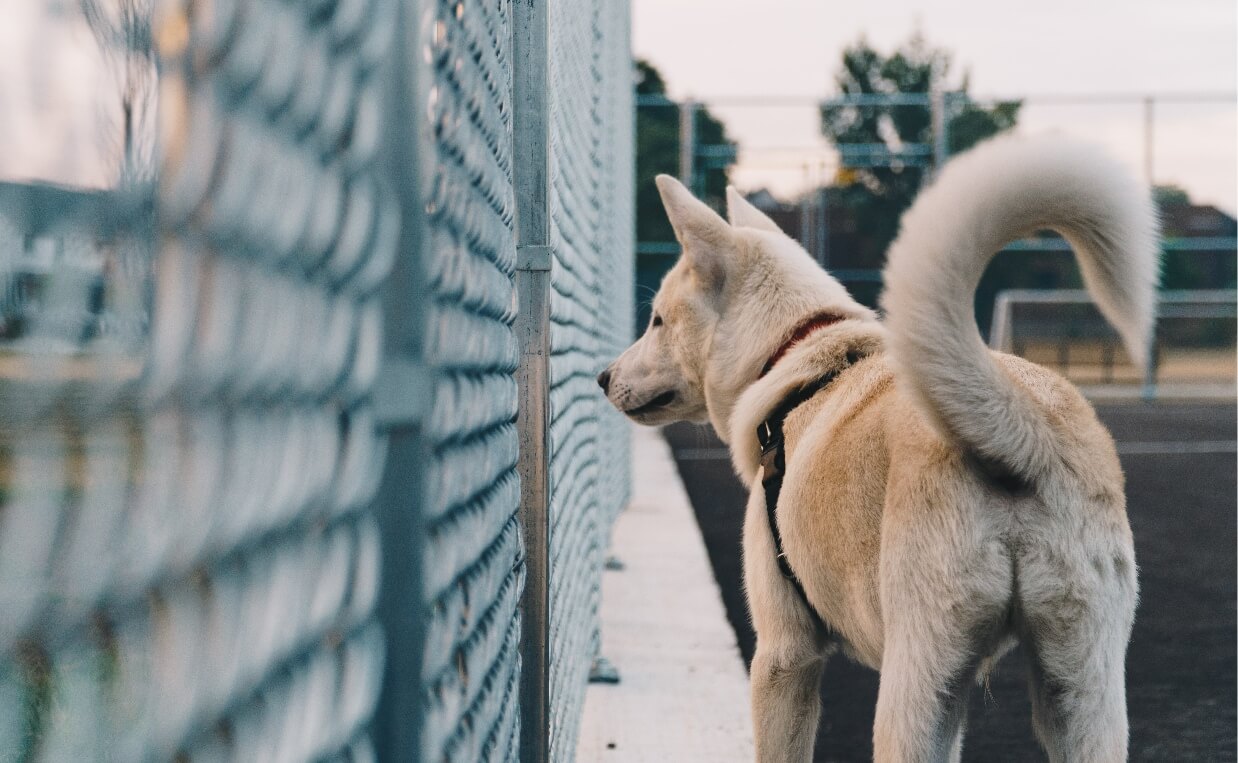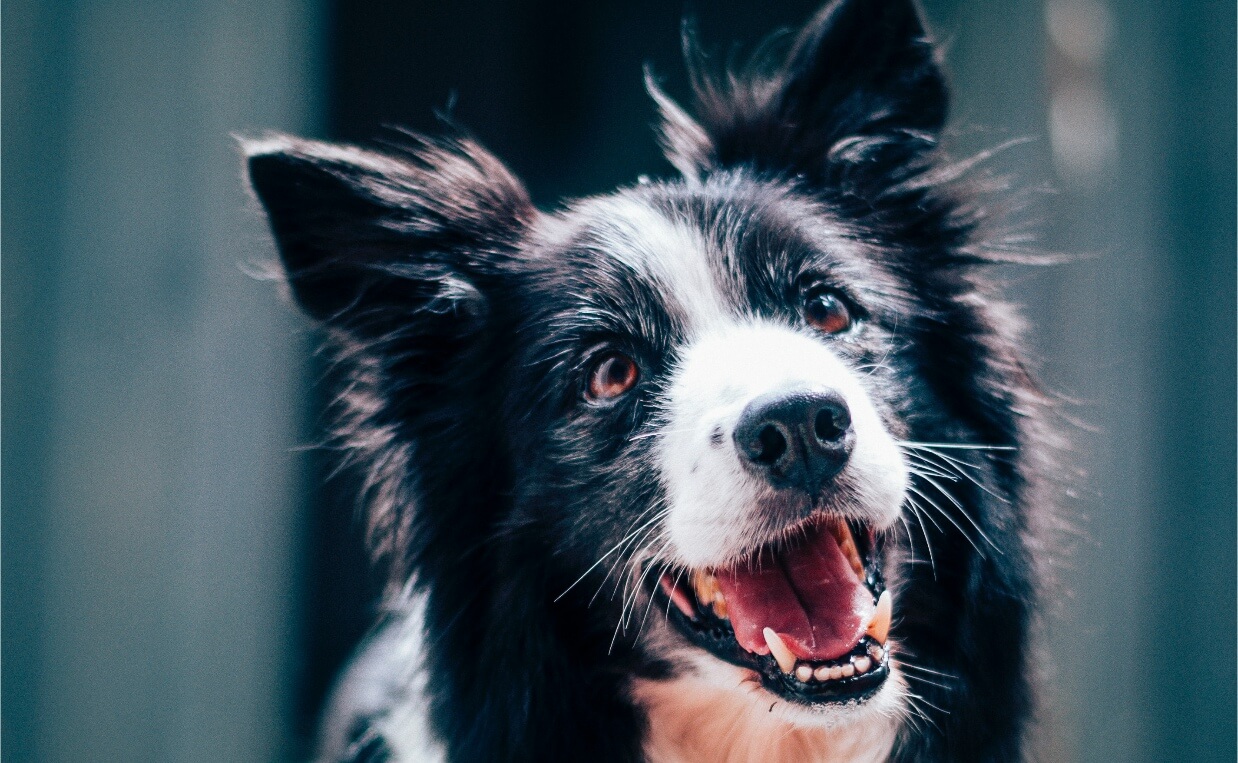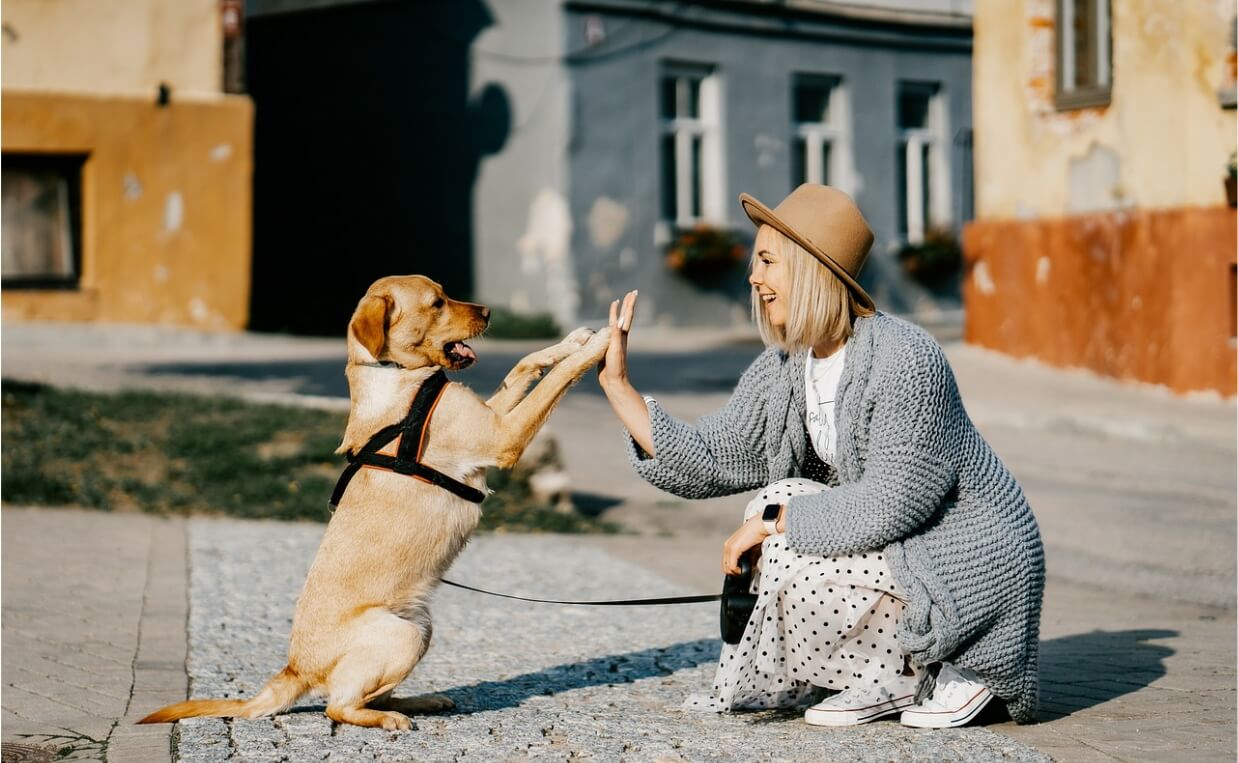
Dogs have been our loyal companions for centuries, providing us with unwavering love, companionship, and emotional support. However, as much as we adore them, we must remember that dogs communicate differently from humans. They rely heavily on body language to express their feelings, needs, and intentions. Understanding your dog’s body language is crucial for effective communication and building a strong bond.
In this blog post, we will explore the various aspects of dog body language and provide you with valuable insights on how to interpret your furry friend’s non-verbal cues.

-
Tail Wagging
A wagging tail is often seen as a sign of a happy dog. However, it’s essential to pay attention to the specific movements and position of the tail. A relaxed, loose wag with a natural rhythm usually indicates a content and friendly dog. On the other hand, a high, stiff wag might indicate alertness or tension. A tucked tail suggests fear or submission, while a raised tail held still and rigid signifies dominance or aggression. Remember, tail wagging should always be interpreted in conjunction with other body language cues.
-
Ear Position
Dogs use their ears to express a range of emotions. Erect, forward-facing ears typically indicate attentiveness and interest. Relaxed ears that sit naturally indicate a calm and relaxed state. However, flattened ears pressed tightly against the head usually suggest fear, anxiety, or submission. If your dog’s ears are constantly changing positions or twitching, it may be a sign of uncertainty or alertness.

-
Eye Contact
Direct eye contact can have different meanings in the canine world. A soft gaze with relaxed eyes indicates a calm and friendly disposition. On the other hand, prolonged, intense eye contact, particularly if accompanied by a tense body posture, can be interpreted as a challenge or a threat. It’s important to note that some dogs may avert their gaze or avoid eye contact when feeling anxious or fearful. Respect your dog’s boundaries and never force eye contact.
-
Body Posture
A dog’s body posture can reveal a wealth of information about their emotional state. A relaxed dog typically stands or sits with a loose, neutral body posture. On the contrary, a stiff, tense body with raised hackles (the hair along the back) often indicates fear, aggression, or defensiveness. A lowered body posture with a tucked tail signifies submission or anxiety. Pay attention to any changes in your dog’s body posture as it can provide valuable insights into their emotional well-being.

-
Facial Expressions
Just like humans, dogs use their facial expressions to communicate. A relaxed face with a slightly open mouth, soft eyes, and relaxed facial muscles generally indicates a calm and content dog. On the other hand, a wrinkled forehead, wide eyes, or a closed mouth may suggest anxiety, fear, or aggression. Bared teeth, with or without growling, is a clear sign of aggression. It’s crucial to observe your dog’s face in different situations to better understand their emotional state.
-
Vocalizations
While body language is the primary mode of communication for dogs, vocalizations also play a role in conveying their emotions. Barking, growling, whimpering, or howling are all vocal cues that can indicate various feelings or needs. It’s essential to consider the context and accompanying body language to interpret these vocalizations accurately. For instance, a deep, continuous growl accompanied by a rigid body posture should be taken seriously as a warning sign.
-
Overall Context
Understanding your dog’s body language requires observing the overall context of the situation. Consider factors such as the environment, previous experiences, and the presence of other animals or people. Each dog is unique, and their body language may vary based on their breed, temperament, and individual personality traits. By familiarizing yourself with your dog’s typical behavior, you’ll be better equipped to recognize any changes or deviations that may indicate discomfort or distress.

Deciphering Dog Body Language
Reading your dog’s body language is a crucial skill for every responsible dog owner. By understanding the subtle cues and non-verbal communication of your canine companion, you can strengthen your bond, ensure their well-being, and prevent potential conflicts. Remember, no single body language cue should be interpreted in isolation; it’s the combination of cues and the context that provides a clearer understanding of your dog’s emotions and intentions. Through patience, observation, and a genuine desire to communicate effectively, you can create a deeper connection with your four-legged family member that transcends words.
What dog body language are you most confused about? What dog body language tip should be added to this list? Please comment below…

 Destructive Chewing: Why is My Dog Chewing Everything?
Destructive Chewing: Why is My Dog Chewing Everything? 5 Ways Dogs Show Gratitude
5 Ways Dogs Show Gratitude Do Dogs Like Music?
Do Dogs Like Music? 6 Ways to Channel Your Busy Dog’s Energy
6 Ways to Channel Your Busy Dog’s Energy 18 Unique Nose Work Jobs Only Dogs Can Do
18 Unique Nose Work Jobs Only Dogs Can Do






Leave a Reply